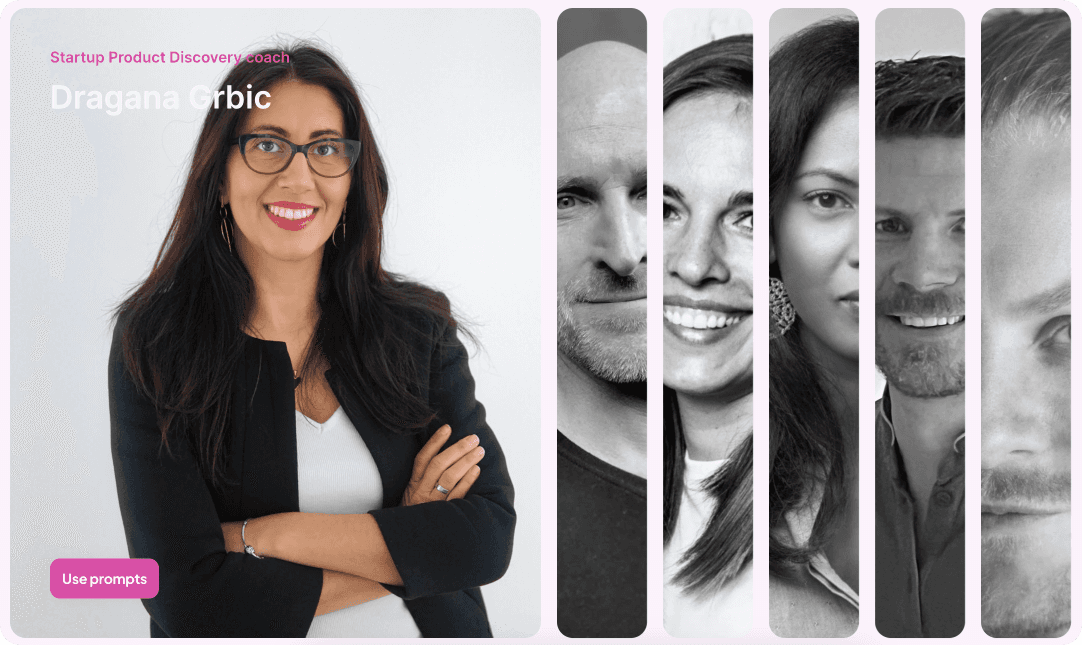Jan 23, 2018
Moodi Mahmoudi
There is a common misconception regarding ideas.
Throughout our lives, we’ve been trained to give them. When we are students, our teachers want them. When we grow older and enter the professional world, so do our bosses. And when it comes to building products, everyone is also looking for ideas.
People think — and rightly so — that ideas can literally change the world. Ideas are the cornerstone on which progress hinges.
But all too often, we think of an idea as a light in the dark, a rescuer, arriving unexpectedly at our time of greatest need. We view ideas as magic. They will solve everything. They will save us.
So much so that some companies spend big money just to use software centered around summoning ideas. Top analyst firms such as Gartner and Forrester have allocated top minds and manpower to evaluate these softwares, and rank them into quadrants and charts.
When it comes to ideas, it seems, everyone is aiming for the chance to catch lightning in a bottle. For the chance to capture an “aha!” moment.
Maybe, every now and then, this is possible.
The problem is that we’re looking at ideas, our “a-ha!” moments, inside-out, when we should be looking outside-in. A reliance on internal ideas that come to us — that are inconsistent and anchored in personal bias — means that we are essentially dancing with ourselves. All the while, the world and our customers are changing, moving on, progressing.
We need to be focusing on our customers — their wants, their needs — rather than ourselves and what we want to (or can) do.
It’s human to believe that there is an easy way out, a master key that unlocks the solutions to the most difficult problems in our lives. That’s understandable, if a little naïve. That’s also why the entire concept of lightning-in-a-bottle idea is the adult professional’s equivalent to believing in Santa.
While we are searching for ideas, the product and customers are suffering. We are overlooking vast potential on account of baseless, albeit well-meaning, expectations. It’s important to remember, after all, that a study by Clayton Christensen of Harvard Business School shows that each year 30,000 new consumer products are launched — and 95 percent of them fail.
So what if we stop looking for ideas, and start looking for problems?
Questions, not answers
Not enough of our resources (manpower, money, you name it) are devoted to uncovering and understanding the needs and wants of the ones who matter most: the users of the products and services we offer.
“If I had an hour to solve a problem I’d spend 55 minutes defining the problem and 5 minutes thinking about solutions.”
That’s Albert Einstein, talking about an 11:1 ratio of time spent focused on problems and solutions. Crazy, right? Not at all. Having pitched at hundreds of VC meetings over the course of the three startups I’ve founded, I’ve come to realize that no one cares about your idea. Instead, everyone wants to know that you have identified a PROBLEM. What is it? How big? How many people have it? How painful or irritating is it to the customer? Why does it exist?
While one might think that the most innovative companies currently in existence were created with a strike of genius, many (if not all) were and continue to be focused on problems rather than solutions, or ideas.
“We run this company on questions, not answers.”
— Eric Schmidt, CEO of Google
Defining the problem, figuring out where (and why) to start — that’s where you’ll find the essence of success.
So let’s sober up. Let’s stop believing in fairy tales and do this right.
There are no silver bullets. There are no love potions. There’s no Easter bunny. Even though it would be great if these things did exist.
Product management best practices clearly outline that building any product must start with understanding and defining the problems facing your customers. The emergence of product discovery and UX research is testament to the importance of starting with the customers. But if we are to change our approach to building products, shifting away from starting with an idea to instead starting with customers needs and wants, we are going to have to forget what we think we know.
Unlearn to relearn
In his Harvard Business Review piece, “Why the Problem with Learning is Unlearning,” writer and Shift Thinking founder and CEO Mark Bonchek states that when organizations begin to think they know everything, they begin to fail.
“The place to start is by unlearning how we think about learning,” he writes.
“Unlearning” what we think we know allows us to create space to uncover new needs and insights — to “relearn.”
Here is the real trigger for product teams, that spark we are all seeking. And that’s why ideas aren’t the answer, questions are. Building products shouldn’t start with collecting ideas. It should start by pushing you out into the real world to gather problems, insights, user needs and wants. This will allow teams to build products rooted in what your customers desire, accelerate time to product market-fit, and dramatically reduce spend in development of the products.
So let’s start asking questions. Let’s shift our focus to unlearning and relearning rather than lightning bolts. Let’s identify the incredibly valuable insights and user needs of our customers. Let’s uncover the problems that beg to be solved.
This will allow us to identify converging trends that lay the foundation for the never-before-seen. We’ll be forging ahead, tracking the Next Big Thing.
We won’t be hoping for sudden inspiration. For our lightning-in-a-bottle moment. For an idea.
We’ll be hoping for problems.
—
Contributing editor: Adam Kohut
Photo: Leilani Elderts




